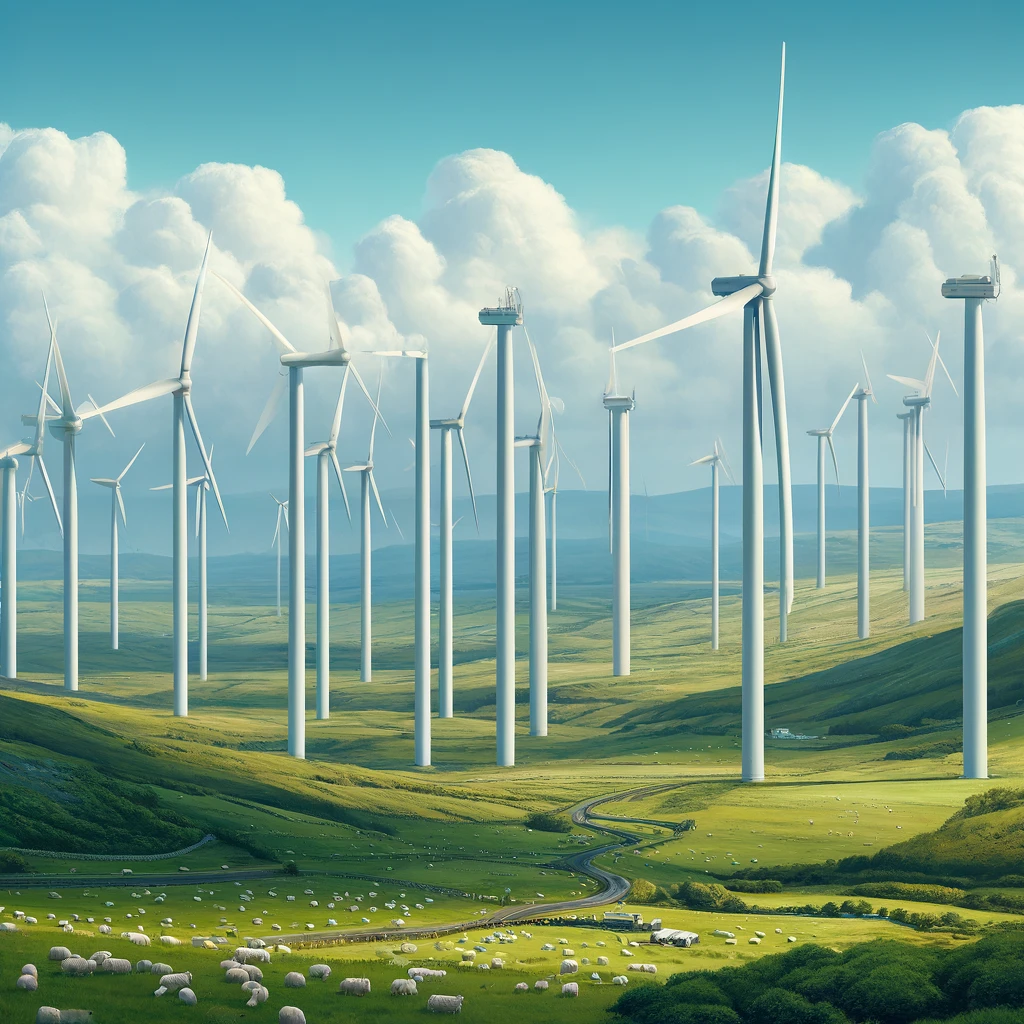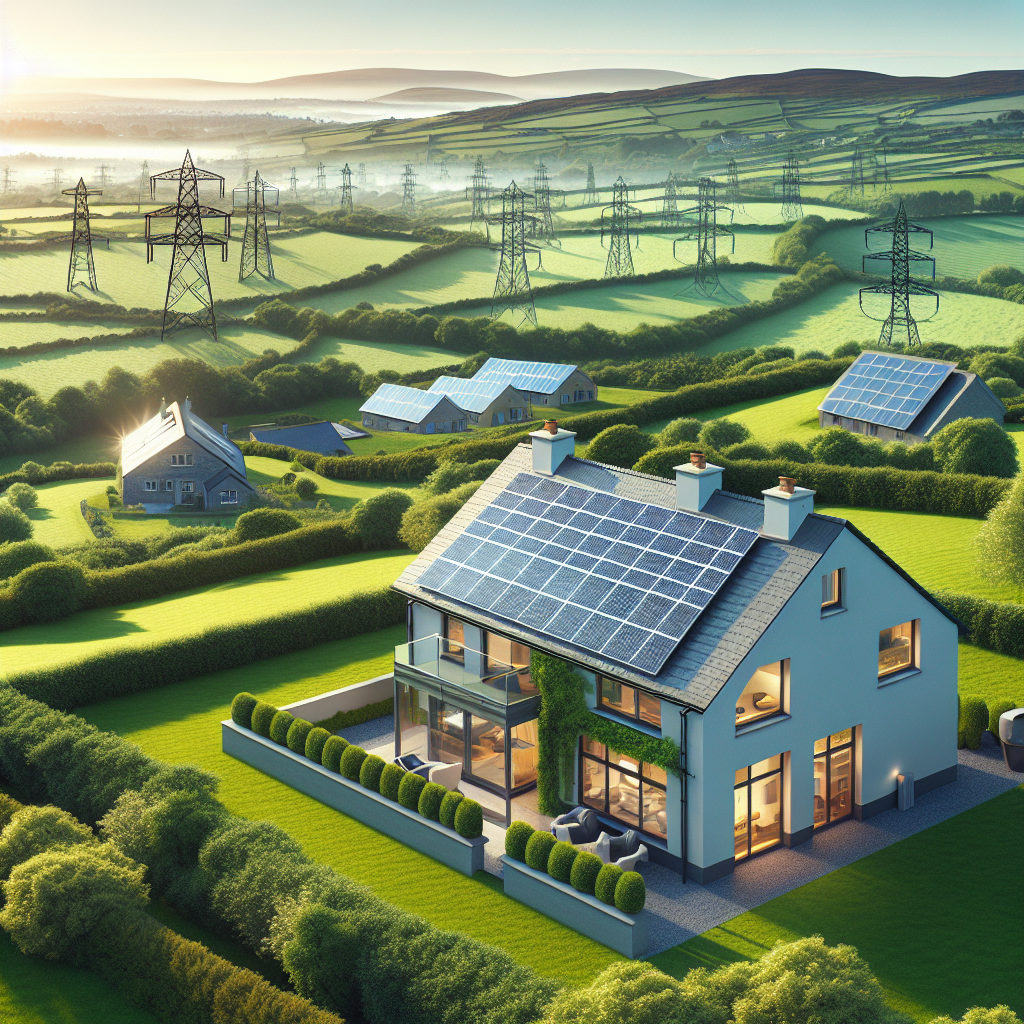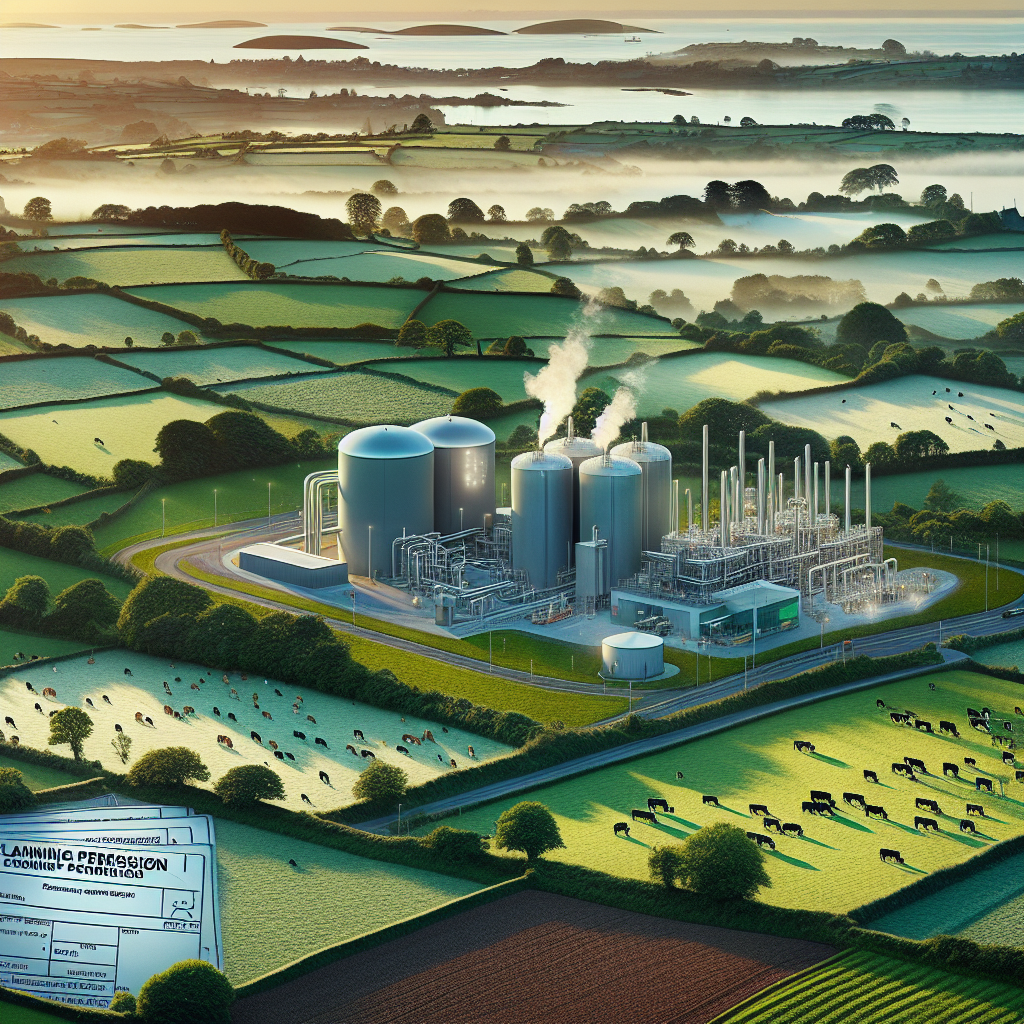The development of the Oweninny Wind Farm marks a significant milestone in Ireland’s pursuit of renewable energy targets. This joint venture between ESB and Bord na Móna represents a substantial investment in clean energy infrastructure, contributing to the nation’s goal of achieving 80% renewable electricity by 2030. Let’s delve into the details of this ambitious project and its implications for Ireland’s energy landscape.
The Oweninny Wind Farm project, situated in Moneynierin, is poised to become Ireland’s largest onshore wind farm, signalling a crucial advancement towards fulfilling the country’s renewable energy objectives. With a total investment of €320 million, this joint initiative between ESB and Bord na Móna underscores a concerted effort to harness wind energy as part of Ireland’s strategic plan to increase clean electricity generation significantly.
Spanning nearly 2,500 hectares between Crossmolina and Bangor Erris, the Oweninny Wind Farm comprises two phases that collectively yield an impressive output of 192MW. This capacity is sufficient to power approximately 140,000 households and businesses on an annual basis, substantially reducing carbon emissions and enhancing energy sustainability across the region.
The transition from peat harvesting, a practice formerly conducted on the project site to supply fuel for the ESB Bellacorick peat-fired station until 2005, to renewable energy generation symbolises a pivotal shift towards eco-friendly operations. Bord na Móna’s commitment to peatland rehabilitation and low-carbon practices underscores the organisation’s dedication to its Brown to Green strategy, aligning with national objectives for sustainable energy production.
In 2019, the first phase of the Oweninny project saw the installation of 29 turbines, followed by an additional 31 turbines entering commercial operation by the conclusion of 2023 during the second phase. This substantial infrastructure investment not only bolsters Ireland’s renewable energy capacity but also exemplifies the collaborative efforts of key industry players in driving sustainable development within the energy sector.
ESB Chief Executive, Paddy Hayes, highlighted the pivotal role of the Oweninny Wind Farm in supporting ESB’s Net Zero by 2040 targets, emphasizing the project’s significance in advancing Ireland’s transition to a more sustainable energy landscape. The partnership between ESB and Bord na Móna underscores a shared commitment to driving innovation and progress in renewable energy initiatives, setting a precedent for future large-scale projects in the region.
Bord na Móna’s Chief Executive, Tom Donnellan, emphasised the critical importance of renewable energy expansion in Ireland, particularly in light of the ambitious target to achieve 80% renewable electricity by 2030. The Oweninny Wind Farm stands as a testament to the nation’s increasing focus on clean energy sources, with plans for further diversification into wind, solar, hydrogen, and biomass sectors to propel Ireland towards a Net Zero future.
Moreover, the incorporation of a dedicated €3 million visitor interpretative centre within the Oweninny Wind Farm site reflects a commitment to public engagement and education on renewable energy technologies and environmental conservation. This facility serves as a hub for disseminating knowledge on renewable energy, climate change awareness, and the historical context of energy production in the region, fostering a deeper understanding of sustainable practices among visitors.
In conclusion, the Oweninny Wind Farm represents a pioneering endeavour in Ireland’s renewable energy landscape, embodying the collaborative spirit and innovation necessary to achieve ambitious climate and energy targets. With a focus on sustainability, technological advancement, and community engagement, projects like Oweninny set a precedent for a greener, more resilient energy future for Ireland and beyond.







